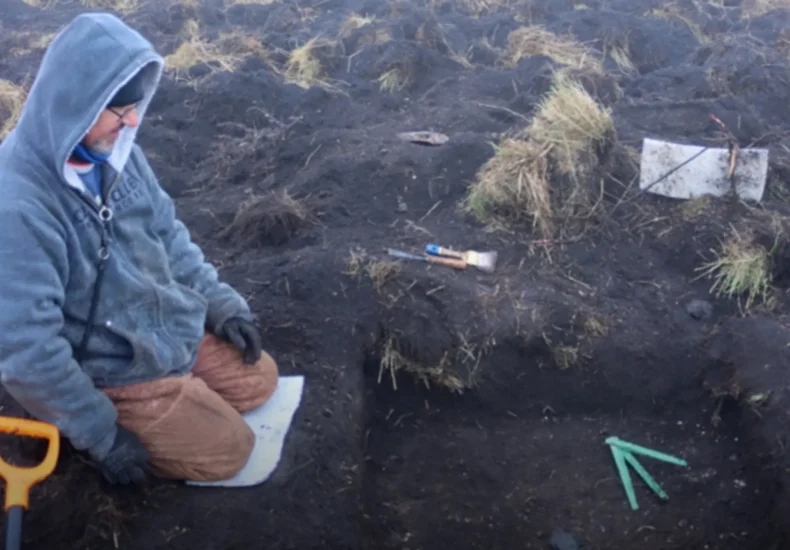
3,200-Year-Old Bronze Armor Unearthed in South Moravia Sheds Light on Trojan War Era
A remarkable archaeological discovery has been made in South Moravia, Czech Republic: a 3,200-year-old fragment of bronze armor, dating back to the same period as the legendary Trojan War. The Brno City Museum recently revealed the find, calling it one of the most significant Bronze Age discoveries ever made in the region.
A Glimpse into the Age of Homeric Legends
The armor, identified as part of a bronze chest plate, has undergone detailed analysis and will soon be presented to the public. Dating back to the Late Bronze Age, this artifact is from the same historical era as the epic battles described in Homer’s Iliad. At that time, bronze armor was extremely rare and typically reserved for elite warriors due to the skill and resources required for its production.
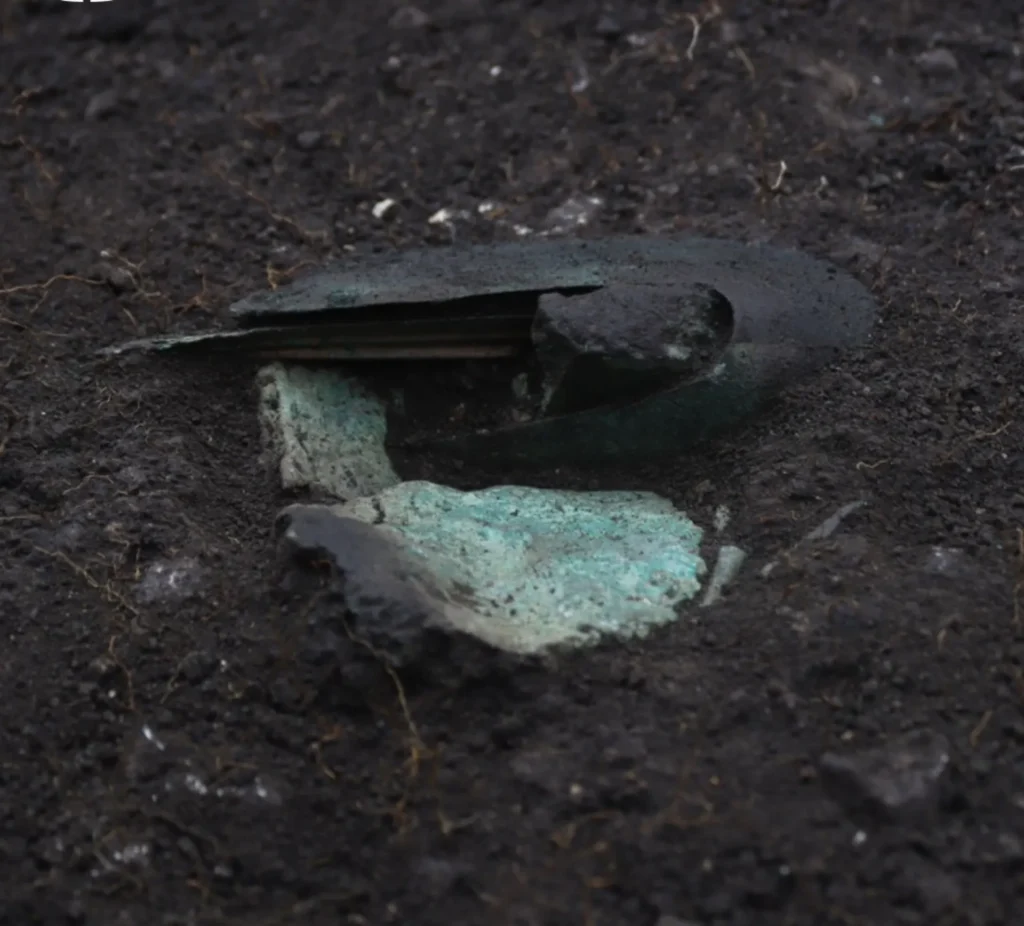
Found at a Secret Location with Public Help
The discovery was made during an excavation involving both professional archaeologists and experienced metal detector hobbyists. The exact location remains confidential to protect the site, but the team unearthed several items, including a spearhead, a sickle, a bronze pin, and other metal fragments. Experts believe these objects were intentionally damaged and buried together, possibly as part of a ritual offering.
Ancient Armor Reconstructed Using 3D Scanning
Aleš Navrátil, an archaeologist at the Brno City Museum, explained that what initially appeared to be a bent metal sheet was digitally reconstructed using 3D scanning technology. This advanced analysis revealed it to be part of a bronze cuirass — a protective chest plate worn by a high-status warrior. This is only the second known example of such armor ever discovered in Czech territory.
📣 Our WhatsApp channel is now LIVE! Stay up-to-date with the latest news and updates, just click here to follow us on WhatsApp and never miss a thing!!
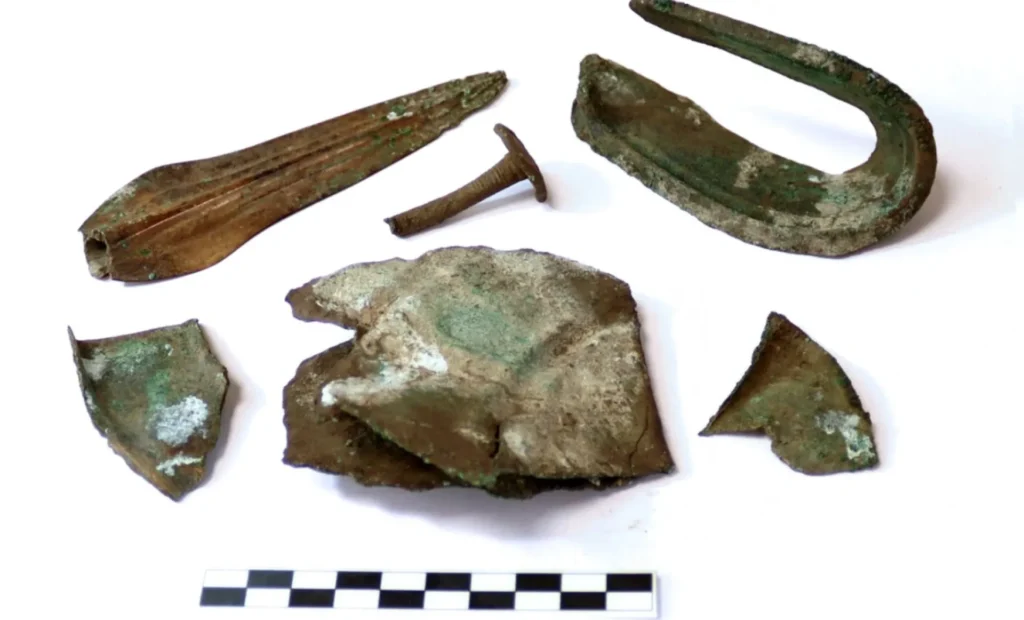
A Collaborative Triumph for Science and the Public
The research was carried out in cooperation with the Institute of Archaeology and Museology at Masaryk University. Brno City Museum director Zbyněk Šolc emphasized the value of public involvement in archaeological projects, stating:
“This discovery highlights the importance of long-term cooperation between experts and the public. It allows us to uncover and preserve precious artifacts that enrich our understanding of ancient history.”
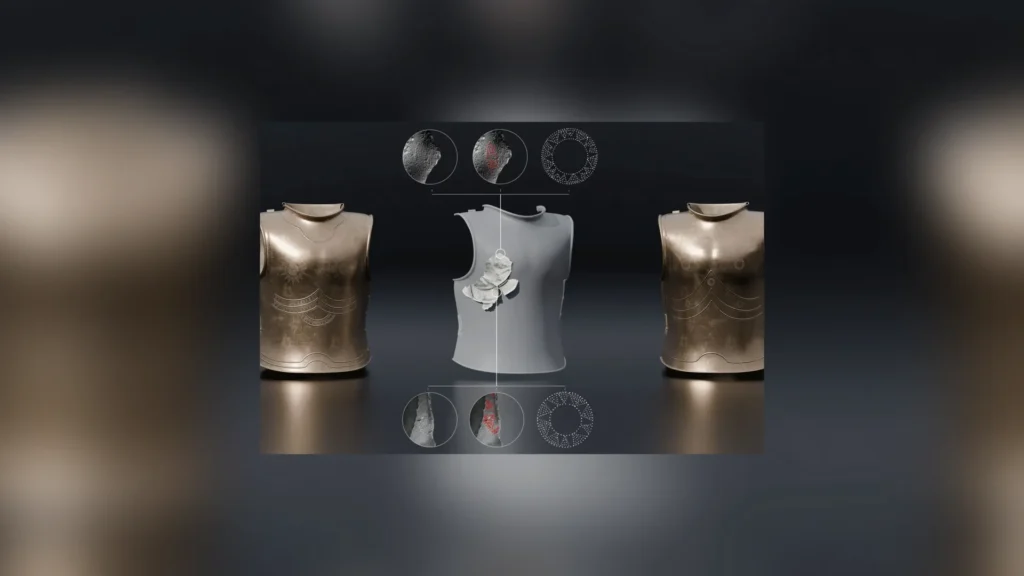
Cultural Context: The Urnfield Culture
During this period, South Moravia was inhabited by groups associated with the Urnfield Culture — a widespread cultural network known for their cremation burials and shared customs. Though not a unified people, these communities had common styles in pottery, weapons, and settlement patterns. They were unrelated to later Slavic populations, but centuries later, Slavs often settled on the same lands, inheriting the landscape shaped by their predecessors.
Cover Image credit: Brno City Museum
You may also like
- A 1700-year-old statue of Pan unearthed during the excavations at Polyeuktos in İstanbul
- The granary was found in the ancient city of Sebaste, founded by the first Roman emperor Augustus
- Donalar Kale Kapı Rock Tomb or Donalar Rock Tomb
- Theater emerges as works continue in ancient city of Perinthos
- Urartian King Argishti’s bronze shield revealed the name of an unknown country
- The religious center of Lycia, the ancient city of Letoon
- Who were the Luwians?
- A new study brings a fresh perspective on the Anatolian origin of the Indo-European languages
- Perhaps the oldest thermal treatment center in the world, which has been in continuous use for 2000 years -Basilica Therma Roman Bath or King’s Daughter-
- The largest synagogue of the ancient world, located in the ancient city of Sardis, is being restored

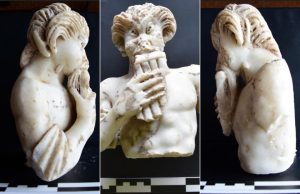
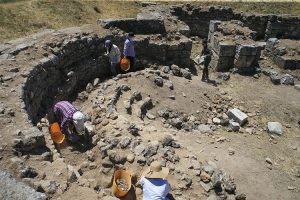
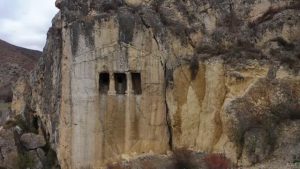
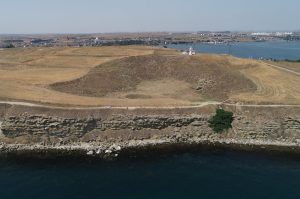
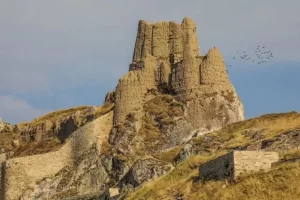
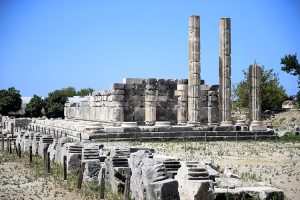


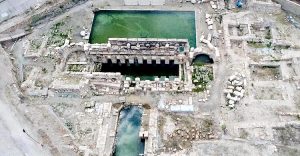
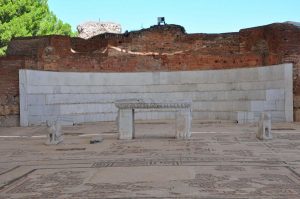
Leave a Reply